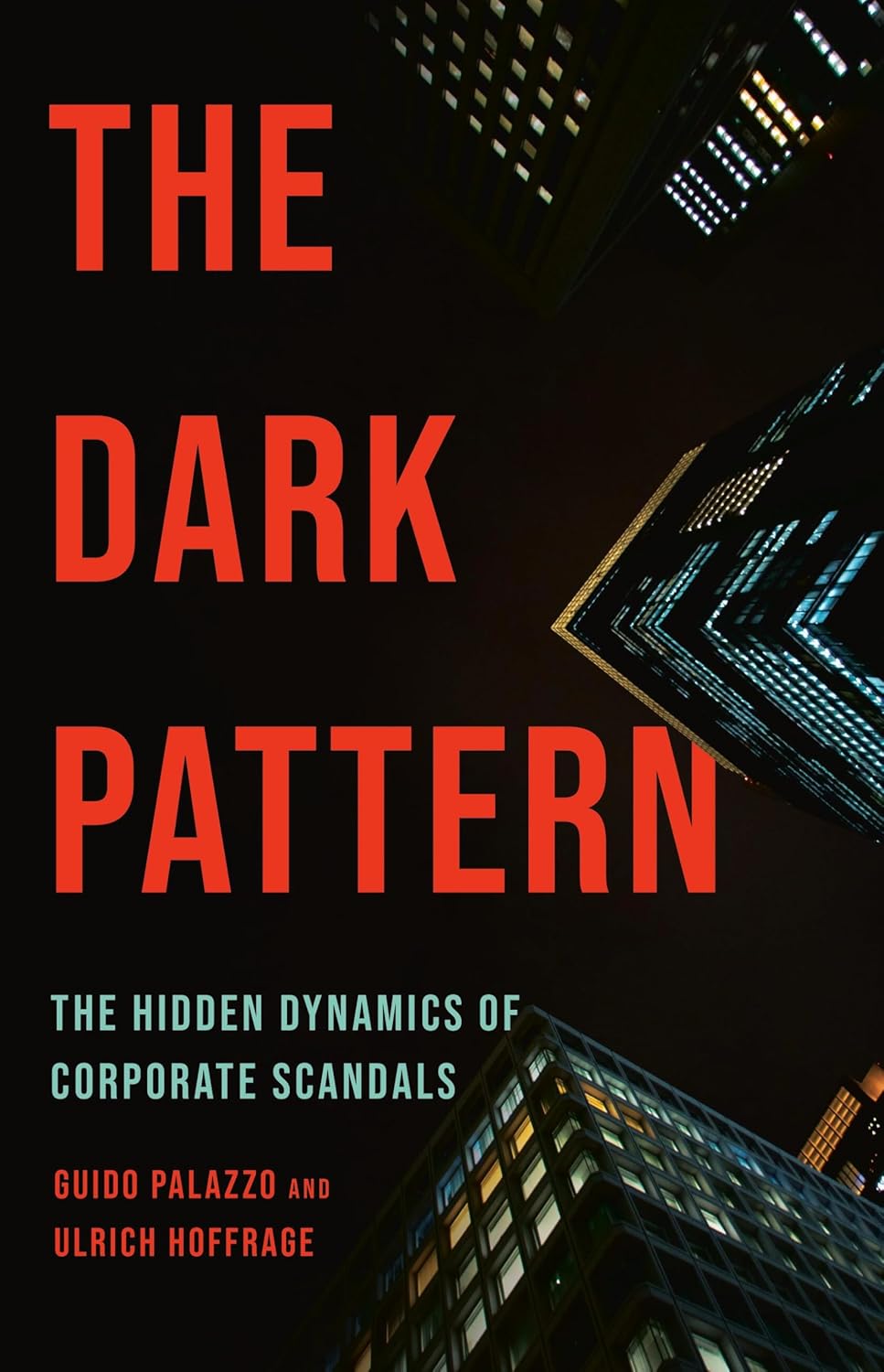Book Review: The Dark Pattern by Guido Palazzo and Ulrich Hoffrage
As an avid reader with a keen interest in business ethics and decision-making, The Dark Pattern immediately caught my attention. The premise, exploring how corporate scandals unfold not because of a few “bad apples” but due to systemic issues lurking within organizations, intrigued me. I wanted to understand how seemingly good-hearted people can drift into ethical blindness, transforming ordinary corporate cultures into breeding grounds for misconduct. Having read extensively on ethical practices in business, I was eager to see how this book would contribute to my understanding of these complex dynamics.
One of the strongest aspects of The Dark Pattern is the authors’ ability to present complex concepts in a clear and engaging manner. The case studies they employ—including notable scandals involving companies like Theranos, Wells Fargo, and Volkswagen—serve as powerful illustrations of the book’s central thesis: ethical blindness can affect anyone, and it often emerges from subtle dynamics within the organizational context. This mirrors feedback from other readers like George P., who emphasized that the book challenges the oversimplified narrative around corporate failures, revealing how collective environments can contribute to ethical lapses.
The book also excels in offering actionable lessons for leaders looking to build resilient corporate cultures. The nine toxic elements identified by Palazzo and Hoffrage serve as a valuable framework for understanding vulnerabilities within organizations. I found this particularly insightful, as it encourages proactive measures rather than reactive responses to scandals. This emphasis on prevention aligns with Kelly Paxton’s sentiments, who pointed out the book’s necessity for those interested in understanding how “good people do bad things.”
However, while I appreciated the depth of analysis, I did find some sections lagging when they delved too deeply into the intricacies of ethical theory. For a book aimed at busy business leaders, some parts felt dense and might lose the interest of readers more inclined towards practical guidance, as mentioned by a few others who reviewed the book.
Another critique I noted was the absence of discussions on internal audits as a proactive measure against ethical blindness—something that Rainer Lenz highlighted in his review. This omission seemed like a missed opportunity to address an integral part of corporate governance, as effective auditing can play a crucial role in identifying and mitigating ethical risks within organizations.
Despite these drawbacks, I was impressed with the authors’ clear, engaging narrative style, bringing life to complex issues. This will resonate well with readers, especially younger professionals entering the corporate world, as Julia pointed out when she described the book almost like a crime story that delivers real-world lessons.
Ultimately, The Dark Pattern delivers on its promise as an exploration of corporate scandals through the lens of behavioral science, offering not only insights into their occurrences but also paths toward ethical resilience. It met my expectations as a thoughtful exploration of the nuances behind corporate misconduct, challenging conventional wisdom and inspiring introspection for both leaders and employees.
If you are a business leader, manager, or simply someone interested in the mechanics behind corporate ethics, I cannot recommend this book highly enough. It serves as a warning, a guide, and a crucial call to action in an increasingly complex corporate landscape. The Dark Pattern is indeed a valuable addition to any professional’s reading list.
Uncover the secrets behind corporate scandals in The Dark Pattern. >>








